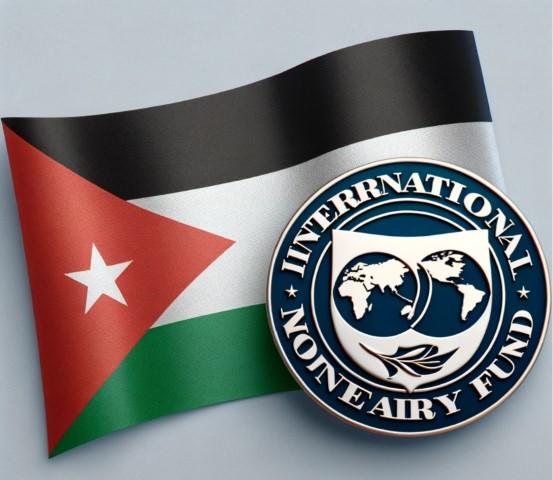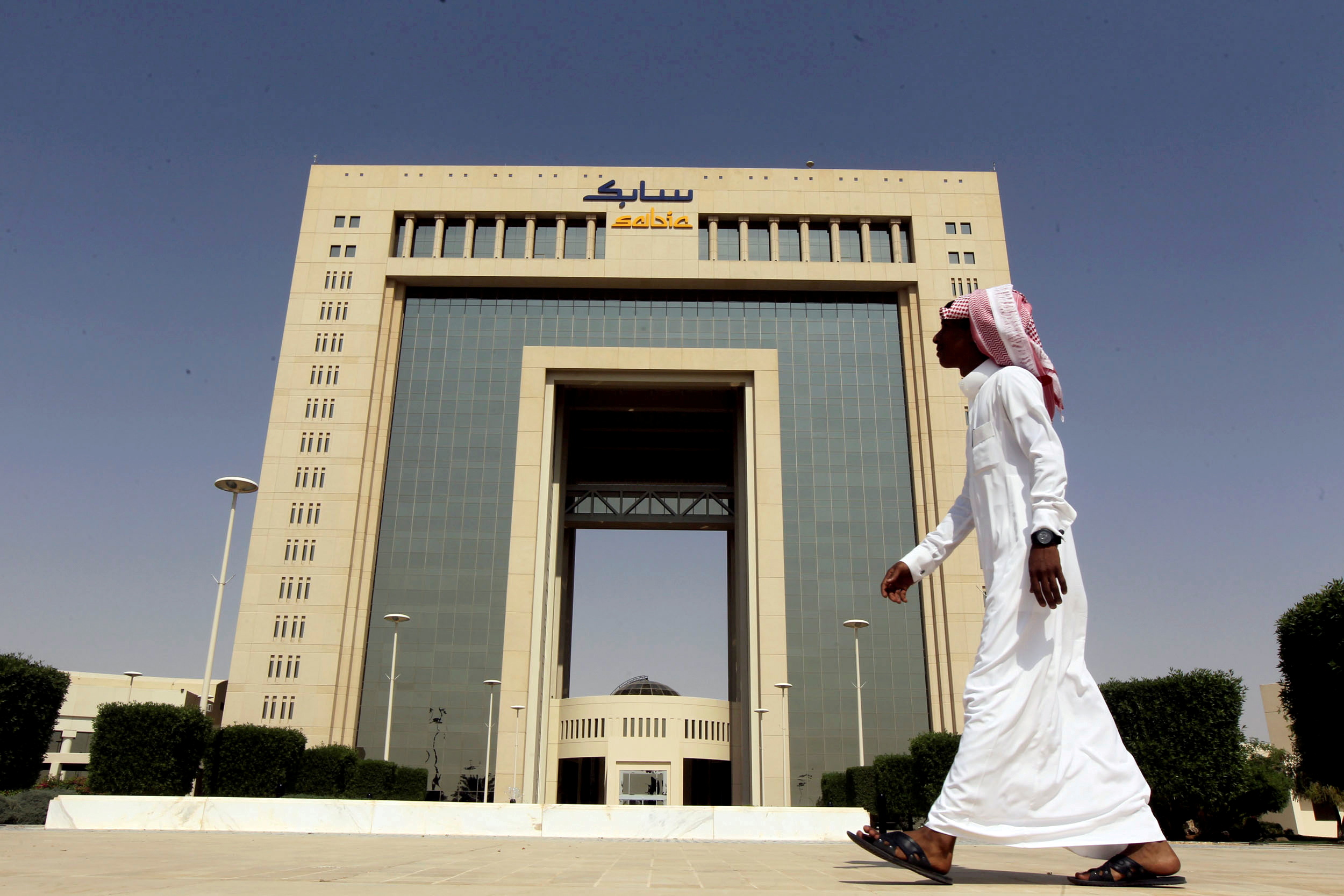Jordan aims to lower its public debt-to-gross domestic product ratio to 80 percent by 2028 under an International Monetary Fund-backed reform program, according to a government official.
Finance Minister Abdul Hakim Al-Shibli said the plan is designed to strengthen macroeconomic and financial stability, support sustainable growth, and maintain fiscal space without adding burdens on citizens, according to a statement reported by the Jordan News Agency, also known as Petra.
This comes as the IMF completed the third review of Jordan’s Extended Fund Facility and approved a new 48-month, $700 million Resilience and Sustainability Facility on June 25.
The new facility is intended to enhance long-term resilience in the energy, water, and health sectors while advancing climate and pandemic preparedness efforts.
The Petra report stated: “Al-Shibli explained that the reform package aligns with Jordan’s Economic Modernisation Vision and encompasses a broad array of structural measures, including enhancements to tax compliance, expansion of the tax base, fiscal sustainability in the electricity sector, improvements in public service delivery, and a more conducive environment for private sector-led job creation.”
It added: “He underscored that the successful completion of the third review under the national reform program constitutes a strong vote of confidence in Jordan’s economic resilience and the effectiveness of its fiscal and monetary policies, especially amid regional instability.”
The minister said completing the review will release $134 million from the IMF, helping improve liquidity and boost investor confidence.
Addressing public concerns that IMF-backed reforms could lead to higher taxes or austerity measures, Al-Shibli emphasised that Jordan’s engagement with the fund is based on a collaborative, nationally driven framework.
“From the outset, Jordan has insisted that the program’s objectives align with our national strategies particularly the Economic Modernisation Vision while ensuring no additional financial burdens are placed on citizens,” he said.
Al-Shibli noted that the $700 million Resilience and Sustainability Facility, approved by the IMF’s Executive Board, will fund priority capital projects while promoting energy efficiency, water resource management, and pandemic preparedness.
These funds, deposited with the central bank, were strategically used to redeem maturing eurobonds, helping avoid costly new issuances. Al-Shibli noted that current market conditions could have pushed interest rates as high as 9 percent, compared to the 4.8 percent yield secured through a recent sukuk issuance.
The IMF praised Jordan’s stronger-than-expected performance in 2024, with full-year GDP growth reaching 2.5 percent, exceeding projections of 2.3 percent. This helped maintain the country’s sovereign credit rating and reflected sound fiscal and monetary management amid geopolitical uncertainty.
This comes after Jordan’s GDP grew by 2.7 percent at constant prices in the first quarter of 2025, up from 2.2 percent during the same period last year, according to the Department of Statistics, as reported by the Jordan News Agency.
Addressing rising debt levels, Al-Shibli said public debt stood at 35.8 billion Jordanian dinars ($50.49 billion), or 93 percent of GDP, in early 2025. He attributed the increase to fiscal deficit financing, losses at state utilities, and the inflow of $1 billion in concessional loans.
However, debt is expected to decline to 35.3 billion dinars by the end of June, with the debt-to-GDP ratio — excluding Social Security Investment Fund holdings — seen falling to about 91 percent.
On the sectoral front, and according to data from the Department of Statistics, agriculture recorded the highest growth in the first quarter of 2025 at 8.1 percent, followed by the electricity and water sector at 5.8 percent, and manufacturing at 5.1 percent.
The manufacturing sector made the largest contribution to overall GDP growth, followed by agriculture and the finance, insurance, and real estate sectors.




